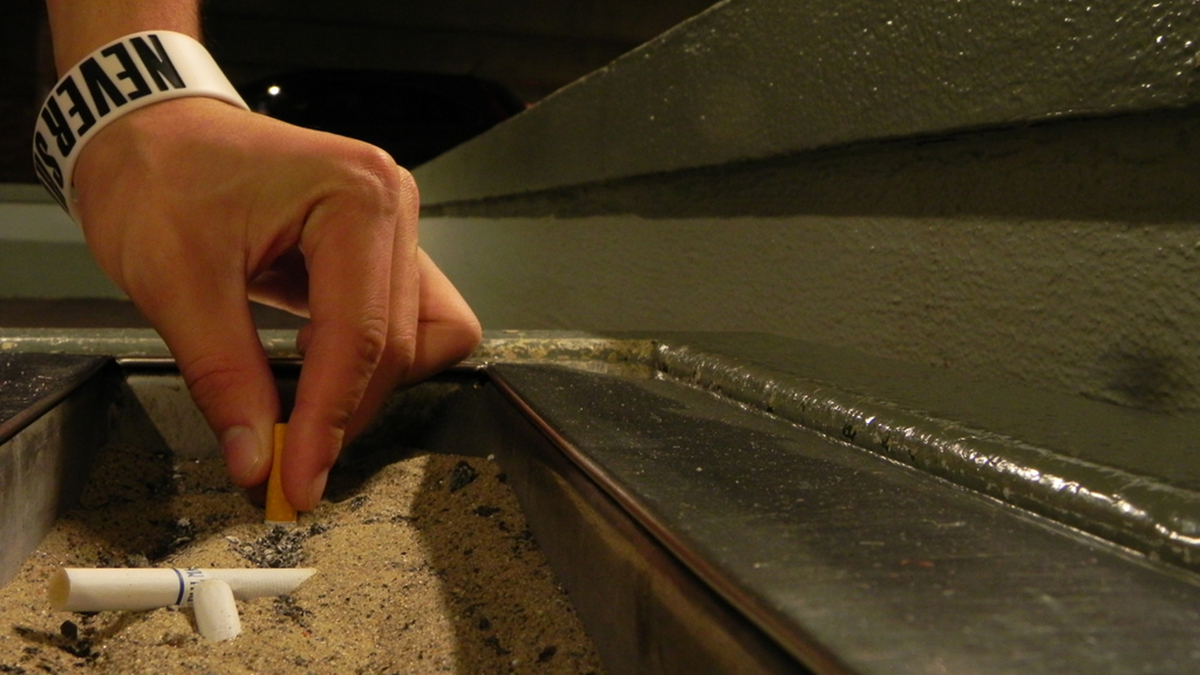Table of Contents
Exposure to second hand smoke has serious health consequences for children. Recent studies suggest that the arteries of children exposed to passive smoking tend to become thicker. Read on to find out more about the study.
Passive smoking can have serious irreversible implications on the health of children. Some of the health consequences for children due to exposure to second hand smoke are listed below:

- Asthma: Children who are exposed to second hand smoke are at risk of exhibiting symptoms of asthma. Second hand smoke can cause children, who have not previously exhibited any symptoms of being asthmatic, to become asthmatic. Frequent exposure to passive smoke can trigger asthmatic attacks and aggravate the symptoms of asthma in children. An exposure to second hand smoke in the pre-natal and post natal stages has been found to cause a 30-70% increase in the risk of wheezing among children. It has also being found to increase the risk of asthma by about 85%.
- Lower Respiratory tract infections: Studies have found that exposure to SHS can increase the risk of young infants developing lower respiratory tract infections by about 20 to 50%. Typical lower respiratory tract infections common in children include flu, pneumonia, and bronchitis.
- Middle ear infections: Various studies have suggested that exposure to maternal smoking can increase the risk of developing middle ear infections in children by more than 60%. As per a study in the UK, about 7.5% of the cases of middle ear infection in children were caused due to second hand smoke.
- Sudden Unexpected Death in Infancy: Numerous studies have shown that one of the primary causes of sudden unexpected death in infancy (often called cot death or SIDS) is maternal smoke. Infants who have died due to SIDS have shown to exhibit higher amounts of nicotine in their lungs.
- Cognitive impairment: Children who are exposed to passive smoking are at a risk of developing cognitive impairment. Continuous exposure to passive smoking impairs their ability to learn. As per studies, approximately 21.9 million children are at a risk of developing reading disability due to exposure to second hand smoke. Researchers have also concluded that children born to mothers who used to smoke at least one pack of cigarette per day were at a risk of having an IQ 2.87 points lesser than the children born to non-smoking mothers.
Vulnerability of Children to Second Hand Smoke
Children are especially more vulnerable to passive smoking as they breathe more rapidly. They tend to inhale more pollutants in comparison to adults.
Due to the hand-to-mouth behavior common in children, they tend to ingest more pollutants that are derivatives of tobacco smoke.
Children are also more prone to second hand smoke as they spend most of their time at home and indoors. Adults, on the contrary, can choose whether they want to be in a smoke-filled environment or not.
See Also: Should We Worry About Third-Hand Smoke?
Protecting Children from Second Hand Smoke
Some of the steps that you can take to ensure protection of your children from exposure to second hand smoke are listed below:
- Requesting people not to smoke in your home or car, especially when kids are around.
- Ensuring that people who tend to spend more time with your children for instance, the baby sitters, nannies, or even grandparents, do not smoke.
- Opting for smoke-free restaurants.
- Avoiding going to indoor places that allow public smoking.
- Teaching your children to ask people not to smoke in their presence or to move out if they find someone smoking in the vicinity.
- Photo courtesy of alex yosifov by Flickr : www.flickr.com/photos/sashomasho/718292525
- Photo courtesy of D Borz by Flickr : www.flickr.com/photos/dborz/6366843623
- www.atsjournals.org/doi/abs/10.1164/ajrccm.163.2.2006009#.U1Vcnf
- www.thelancet.com/journals/lancet/article/PIIS0140-6736(10)61388-8/fulltext

